This is our 2nd place winner of our first ever essay writing contest! Dr. Ethan Sobol recounts his experience as a 2nd year Ophthalmology resident in NYC.
“Mr. Jones!” I called out, scanning the packed rows of the chairs in the VA waiting area, “Is Mr. Jones here?” Doubling back to my exam room, I felt frantic. He would have to wait. There were more patients to be seen, and I had already given two others dilating drops who were probably ready by now.
My first year in ophthalmology was a challenging one. In medical school, I had relished the opportunity to spend a lot of time with each patient. To learn their stories, to hear their concerns, and most rewarding of all, to learn how we might help them. In residency, it felt as though everything flew by at double-speed, and before I knew it, clinic was backed up and a new consult was buzzing through the pager. The oft used cliché of drinking water from a fire hose of knowledge in medical school seemed apt.
The quicker I worked, the more behind I fell. Out of what felt like necessity, or perhaps survival, I began to hone my exam skills and fine tune my clinic visits to focus on what was most important.
Or so I thought.
“You looked me in the eyes for 20 minutes, but you can’t recognize my face?” Mr. Jones admonished me. He had a point. I had certainly observed many things about his eyes -- I had refracted, applanated, transilluminated, used the slit beam, and preformed gonioscopy – but had I really looked him in the eyes? At the time, I did little to process what he had said. After apologizing, I finished the exam and told him I would see him in 6 months.
When the COVID pandemic occurred during my second year of residency, everything changed. Ophthalmology clinics across the country were downsized and surgeries were postponed. In New York City, the toll was immense. When the notice came for volunteers, a few of my co-residents and I put aside our anxieties and volunteered to serve as internal medicine and emergency residents.
As I worked overnight on the internal medicine wards, caring exclusively for COVID patients, a new normal began to set in. Donning and doffing layers of PPE. Reviewing blood work and chemistries. Drawing arterial blood gases, titrating oxygen levels, placing nasogastric tubes, calling cardiology consults, and adjusting heparin drips. The muscle memory of intern year returned, and it almost began to feel normal. That was except for the highly unusual circumstances – the hospital surged in capacity, and this unusual disease left its mark on patients and providers alike.
My training in ophthalmology had been disrupted, but I was learning a whole new set of skills. I learned to gently address end of life discussions with families and to break bad news. The experience taught me a new level of patience as I struggled with the reality of how little we could do to reverse the disease process. So many of the sickest patients were delirious and difficult to communicate with – I simply watched them with concern, as they gazed into my eyes on the other side of my masked, gowned, and goggled uniform of PEE. As I examined them, offered words of comfort, or asked, “are you short of breath?” and “are you in pain?” I couldn’t help but wonder if I was making any difference at all.
Over the course of the next few weeks, it seemed that as a whole, we were making a difference. The collective effort of everyone across the hospital had slowly flattened the curve of new admissions, and for the first time, there were less new cases than the day before. It was with this glimmer of hope that I was scheduled to return to the ophthalmology.
Upon my return, the stillness of the ophthalmology clinic almost felt uncomfortable – where were all the patients? In an effort to minimize crowding and risk infectious spread in the clinic, we had not only spaced out appointments, but reserved those visits for patients with more urgent needs.
I now found myself spending much more time with each patient. Instead of obsessing over my efficiency, I began to approach each patient differently. We talked about life, how many kids they had, how one patient was able to see his grandchild after surgery. Each examination, and each intravitreal injection in the retina clinic felt more meaningful. When I looked into the eyes, it wasn’t just pathology, but an individual looking back at me.
A collective unease remains in my program – will we meet our surgical minimums? If the pandemic continues, will we be prepared for fellowship or to practice independently? These are still legitimate concerns. But what I am learning during this pandemic is the value of embracing this uncertainty and using it as an opportunity to slow down. To hone my clinical skills in ways other than being more efficient.
On one of my recent days in clinic, my last appointment was a patient with newly diagnosed wet AMD. He would likely need injections for many months to come and was understandably anxious. After taking the time to answer his questions and show him each layer of his retina on OCT, he agreed to treatment. “That was it?!” he said, after the injection. Indeed, it was, I told him. And with what felt like an act of defiance in the current era, I extended a handshake in an ungloved embrace, and looked him in the eyes.
====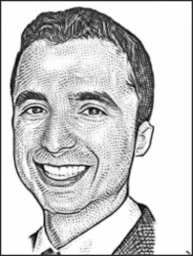
Ethan Sobol MD is a 2nd-year Ophthalmology resident in New York City.
He can be found on Twitter at @ethansobol
Want to get more from OphthoQuestions?

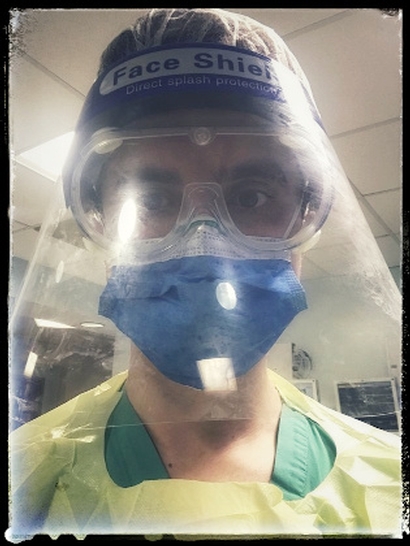

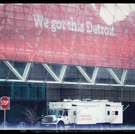
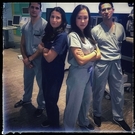



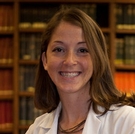

Please login to comment.